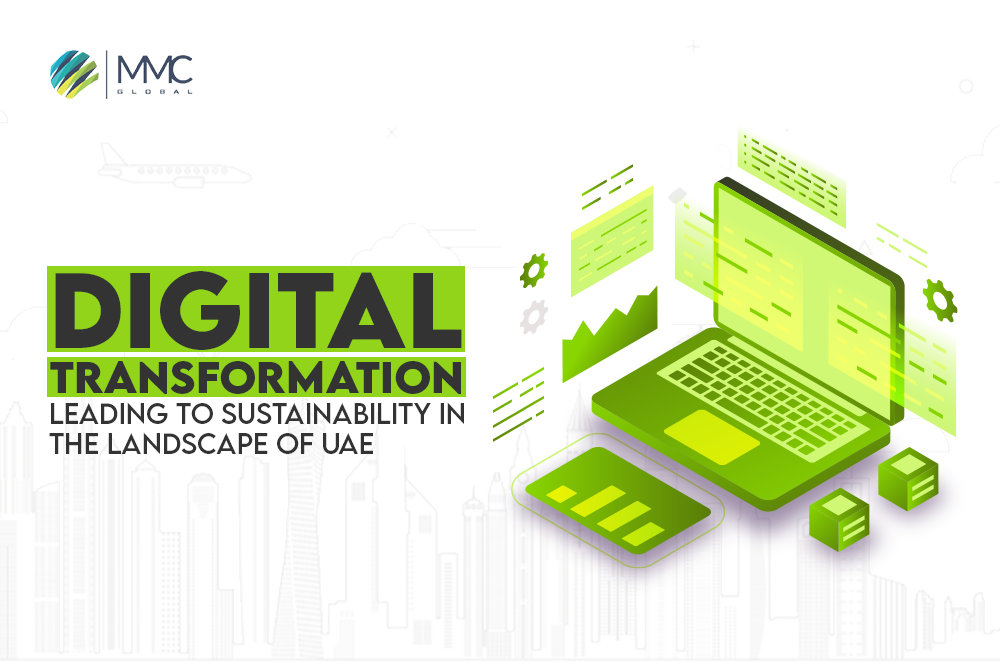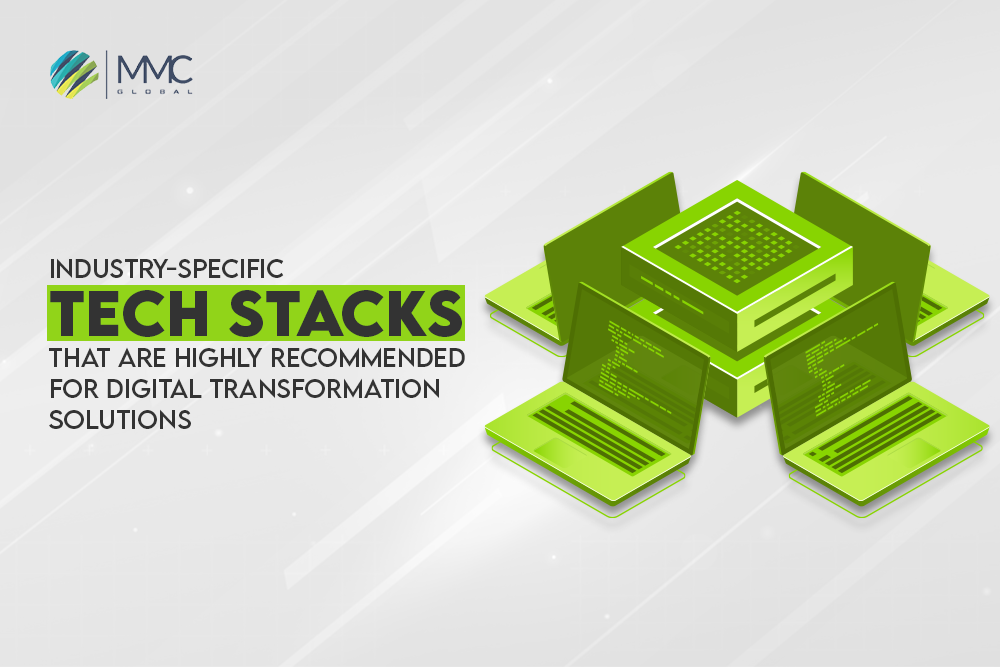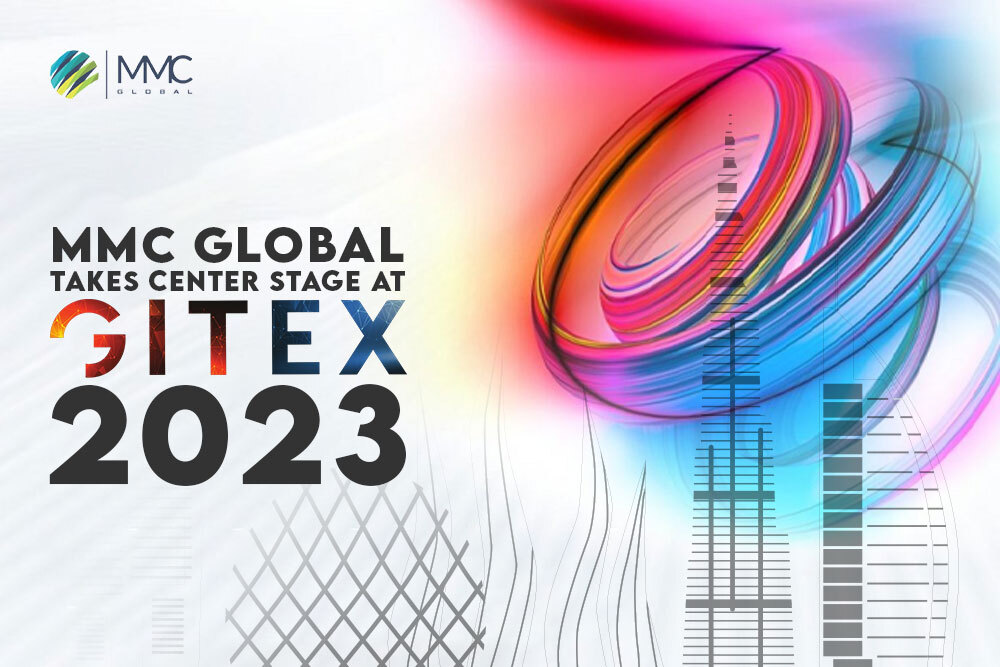Legacy application modernization is not a new concept. The need to shift from old to new technologies helps businesses to make a statement in this digital transformative world.
To be competitive in the market, you must adopt new technologies and practices that can revamp your old-age solution. People who keep their eyes on the suitable and latest trends and technology and gradually implement them into their business ecosystem have higher chances of achieving their goals.
The importance of application modernization is pivotal if your legacy system does not align with your business’s current state. Generally, old-age applications and software need to be modernized after some time because of rapid changes in the tech world.
The demand for new and optimized features, structures, architecture, and updates convinces you to transform your current business operating system into the new one. Surprisingly, application modernization is more challenging than it seems. It is a long-term process that requires a great deal of attention, a strong strategy, and an experienced team to initiate it.
In this article, we’d tell you the details of the legacy application modernization strategy that will lead you to a successful shift in your digital footprints.
Read more: 5 Reasons That You Need To Know Application Modernization Process Fails
Legacy System Vs. Application Modernization
Before jumping over the legacy application modernization strategy, let’s decipher a few points that clearly show the legacy system and application modernization concepts.
A legacy system is an outdated version of your application or software that needs to transform with the latest technology. This system does not even support new technology or third-party integration because it needs to be more scalable and adaptive.
On the other hand, application modernization is transforming applications with new standards of technology and programming. Application modernization may include refactoring, re-platforming, rearchitecting, rebuilding, or data migration. Some companies supersede their operating system from scratch to implement a new application to provide a better user experience and fulfill customer needs.

In fact, many factors can be optimized after improving and modernizing the application. It can increase employees’ productivity, improve user experience, provide better customer support, and uplift sales and manufacturing.
But when you think about making decisions to transform your legacy application into application modernization. Whether you need to conduct a critical analysis of your system or better go for an IT consulting and software development company like MMC Global to help you before making any large investment.
At MMC Global, we possess a highly qualified IT consulting team that will not only help you know whether your system is lagging. But also provide the best alternative, budget-friendly cost estimation, align with the best team, and provide support whenever needed.
As a tier 1 custom software development and mobile application development company, we have the privilege of delivering an effective legacy application modernization strategy based on facts and experiences.
When do you Need to Think About Modernizing your Application?
These thoughts can help analyze whether your legacy system gives you a tough time. It needs to change as soon as possible.
- Arduous to update and maintain regularly
- Frequently encounter bugs and errors
- Difficulty in scaling and adding new features
- Unsupported third-party integrations and APIs
- It’s no longer attractive to the users
- Unfavorable in meeting customer needs
- Increasing risk of hacking and security compliance
You might encounter these challenges in your legacy application, and now it’s time to think about your next step. Let’s think about the best strategy to go beyond the legacy application modernization that will impact your business operation and ROI.
6-Step Strategy for Legacy Application Modernization
Assess Legacy Application
First and foremost, assess your legacy system to evaluate what works well and what doesn’t. It will help you jot down the lagging feature to fulfill organizational needs. To proceed with the modernization approach, you have a few features that can be integrated into application modernization.
Identify the Problem
After assessing your current system, you have big reasons that justify the initiation of modernization. Moreover, this step will help you analyze users’ specific problems within legacy applications. It can be an additional need for features, code optimization, unsupported new programming versions, lack of compatibility with your rivals, etc. Once the problem is identified, you are ready to get a better solution by conveying your concern to the IT consulting team.
Build your Modernization Team
A tech-savvy team is much needed to proceed with your modernization strategy. It must include experienced and trusted long-term partners Like MMC Global that will help you all in all engineering and modernizing phases. It includes designing, engineering, deploying, and launching your application. Every step should be taken with expert skills to achieve the desired outcome successfully.
Get the Right Approach
Your IT consulting team has come to an action to redefine your problem. It provides you with multiple approaches to initiate application modernization. According to the identified problem, they will help you know what approach will be the best pick for you in the wide range of approaches, including:
Refactoring
Optimizing the codebase, whether remove or change the code. It basically needs when the codebase is outdated regarding old libraries, frameworks, or components.
Replatforming
This approach will help you transform the outdated platform into the latest version or new tech stack platform.
Rebuilding
The whole app is designed from scratch without changing the scope or specification.
Re-architecture
This approach will help transform application architecture with modern architecture patterns such as microservices, event-driven architectures, APIs, etc.
Retaining
This approach is a faster development because of the reusability of legacy code components within the new architecture.
There are many other approaches, like rehosting, where you can lift code and shift it into a new infrastructure. Similarly, data modernization is another approach where you can move databases into the cloud to provide a secure ecosystem.
Initiate Application Modernization
After identifying which approach best suits your application modernization process, you must align with a team and assign their tasks. Furthermore, one important thing is to evaluate the risk, assess security standards, and set the acquisition cost for the whole project. To streamline your modernization workflow, you need a project manager to allocate the resources and monitor the project’s progress.
Ensure Scalability
Your overall strategy must focus on the application’s scalability for the future. The average time of an application is 6-7 years. So, be mindful of application adaptability and scalability. However, the flexibility in application modernization can welcome new features, real-time updates, easy API integrations, and other attributes that need future enhancement.
Read More: Six Important Advantages of Application Modernization In Business
Bottom Line
Application modernization is a complex process that requires multiple phases to complete carefully. You need IT experts and professionals to take a step forward and be successive in your project. By following an effective strategy, you can smoothly align and implement the best-modernized application. Today’s digital landscape needs rapid innovation and demanding features to fulfill user needs. Let’s rejuvenate your strategy and create an impactful application for your business operation.



